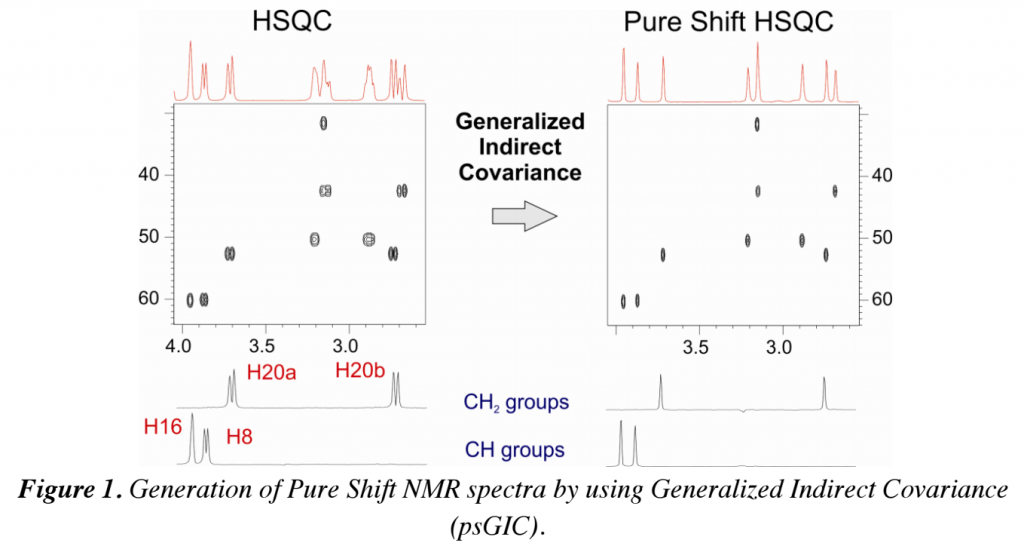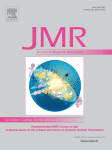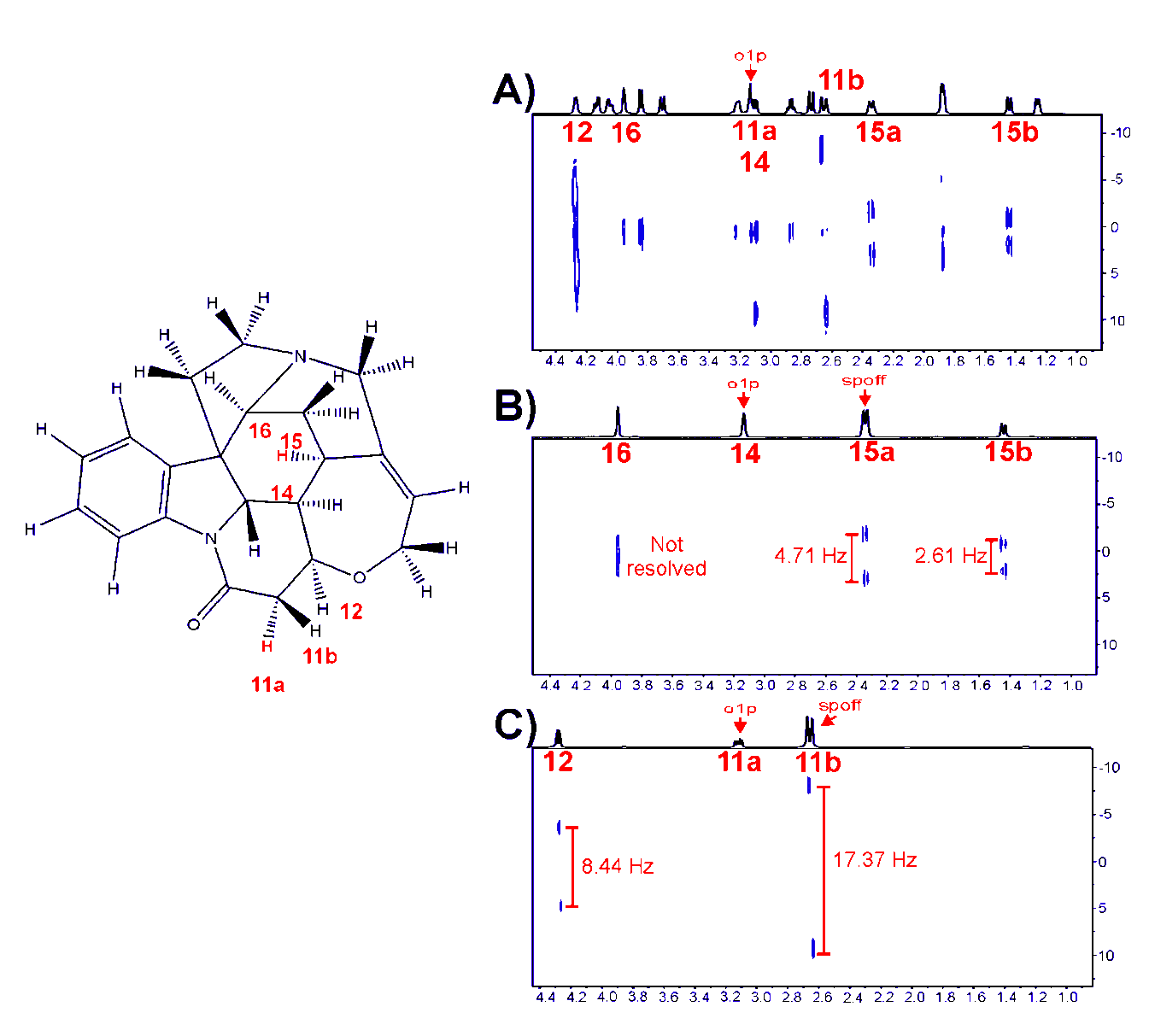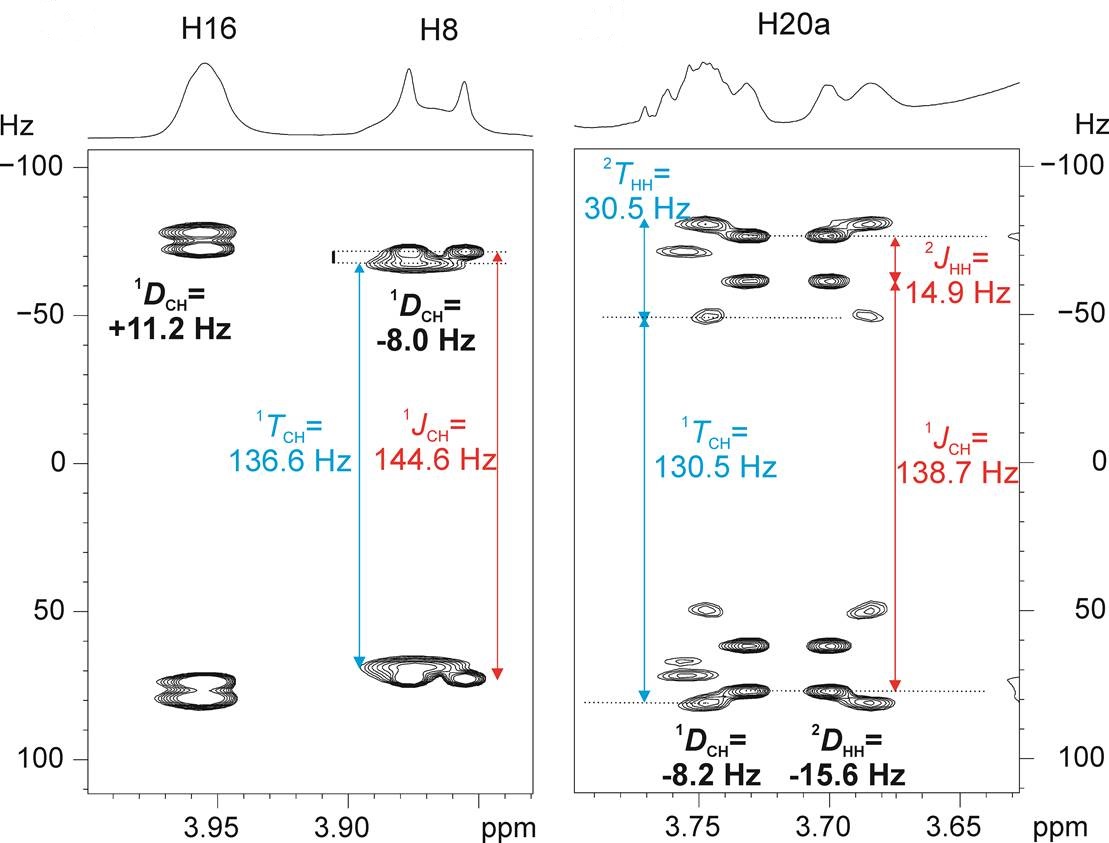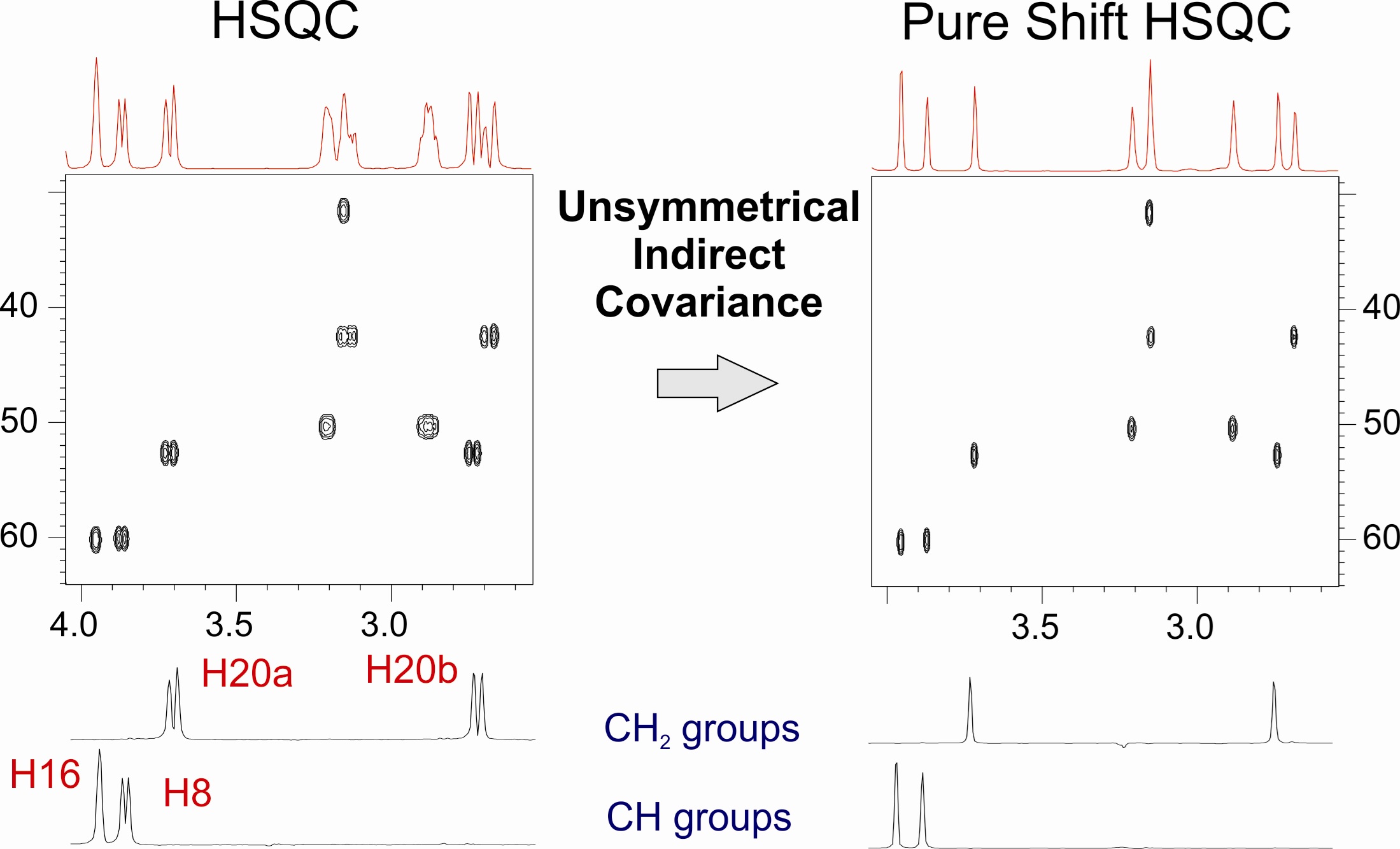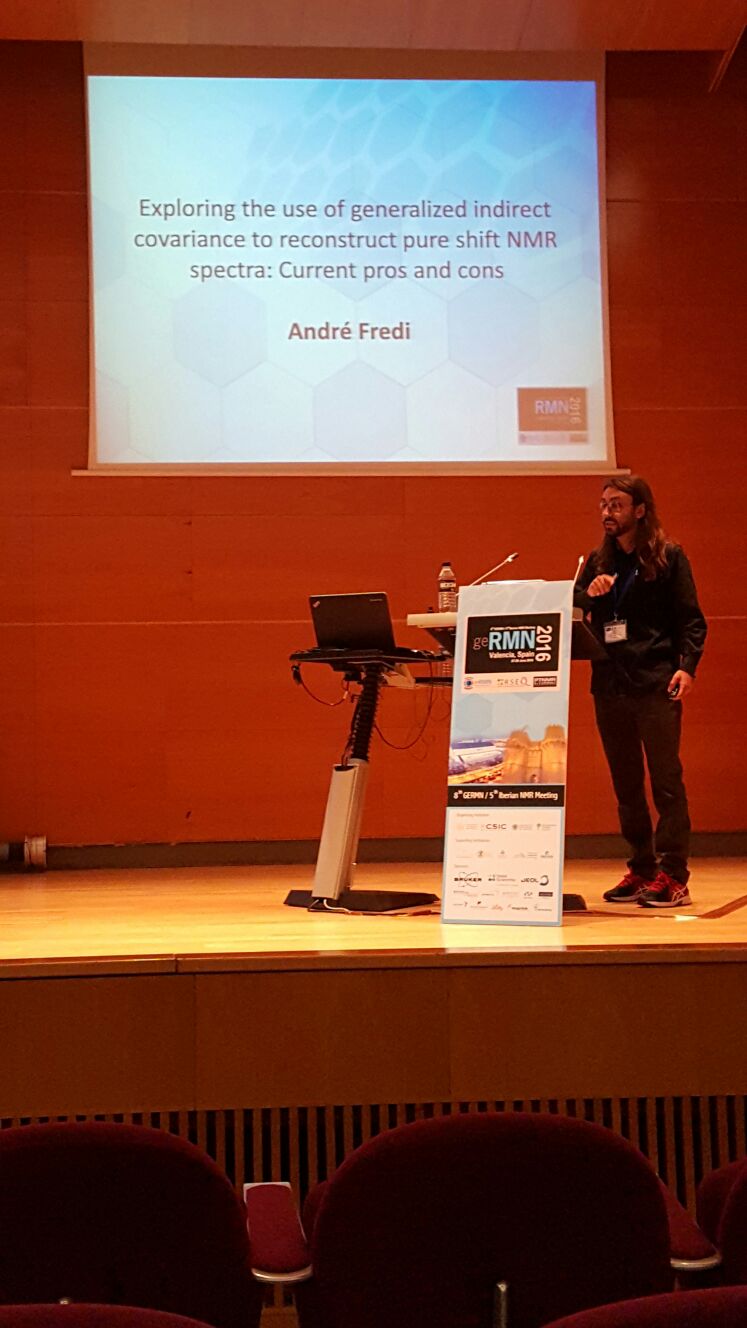André Fredi (PhD student) and Teodor Parella presented our last research works at the annual meeting of the European magnetic resonance community EUROMAR 2016 Conference that was celebrated on days 3th to 7th July in Aarhus, Denmark. Find below a summary of our contributions.
Teodor Parella presented two posters.
One of them entitled “Selecting the Most Appropriate NMR Experiment to Access Weak and/or Very Long-Range Heteronuclear Correlations” Josep Saurí, Yizhou Liu, Teodor Parella, R. Thomas Williamson and Gary E. Martin.
Abstract: Heteronuclear long-range NMR experiments are well established as essential NMR techniques for the structure elucidation of unknown natural products and small molecules. It is generally accepted that the absence of a given n JXH correlation in an HMBC or HSQMBC spectra, would automatically place the proton at least four bonds away from the carbon in question. This assumption can, however, be misleading in the case of a mismatch between the actual coupling constant and the delay used to optimize the experiment, which can lead to structural misassignments. Another scenario arises when an investigator, for whatever reason, needs to have access to very long-range correlations to confirm or refute a structure. In such cases, a conventional HMBC experiment will most likely fail to provide the requisite correlation, regardless of the delay optimization. Two recent methods for visualizing extremely weak or very long-range connectivities are the LR-HSQMBC1 and the HSQMBC-TOCSY2 experiments. Although they are intended to provide similar structural information they utilize different transfer mechanisms, which differentiates the experiments making each better suited for specific classes of compounds. Here we have sought to examine the considerations implicit in choosing the best experiment to access weak or very long-range correlations for different types of molecules.
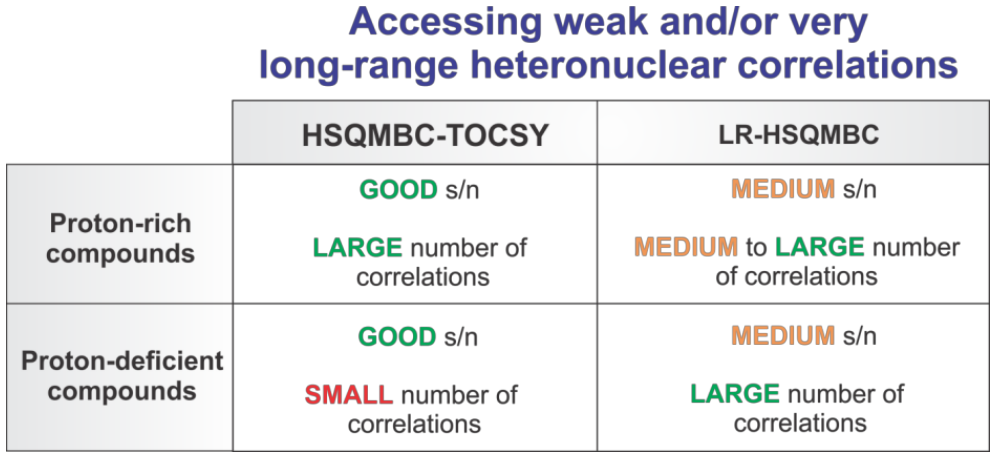
The other poster was titled “Optimizing J-modulated ADEQUATE experiments through homonuclear decoupling (HD) and non-uniform sampling (NUS)” Josep Saurí, Teodor Parella, R. Thomas Williamson and Gary E. Martin.
Abstract: Homonuclear 13C–13C couplings at natural abundance can be measured using the J-modulated ADEQUATE experiment. To somewhat ameliorate F1 digitization requirements, a scaling factor was incorporated into the original ADEQUATE pulse sequence1,2. We have introduced BIRDbased homonuclear decoupling (HD) analogous to that described for the 1,1-HD-ADEQUATE and 1,n-HD-ADEQUATE experiments3 and evaluated the combination of NUS and HD on the measurement of both 1 JCC and n JCC homonuclear 13C–13C coupling constants. A significant improvement in the measurement of n JCC coupling constants, and time savings, were realized with the modified experiment.2 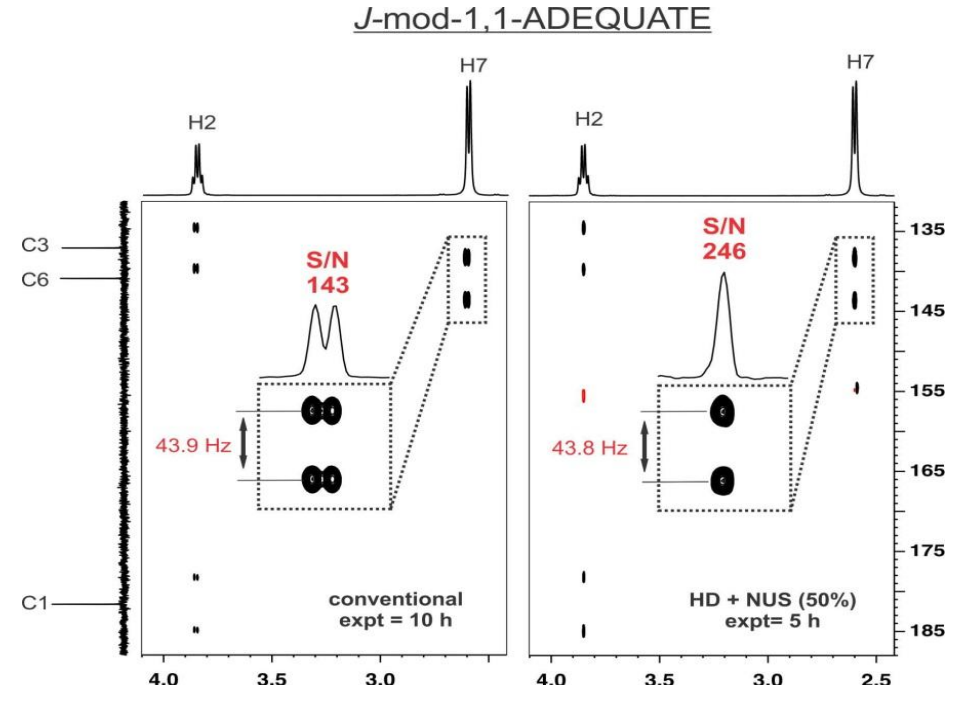
André Fredi also presented a poster entitled “Exploring the use of Generalized Indirect Covariance to reconstruct pure shift NMR spectra” André Fredi, Pau Nolis, Carlos Cobas, Gary E. Martin, Teodor Parella.
Abstrac: The development of novel experimental strategies to significantly enhance signal resolution by broadband homodecoupling is a current topic of high interest in 1 H NMR spectroscopy1,2,3. The original Zangger-Sterk experiment has been modified and improved in several ways. All of these novel building blocks have been implemented in a number of 1D and 2D homo- and heteronuclear pulse schemes to provide resolution-enhanced pure chemical shift 1 H NMR spectra, where signals appear collapsed to singlet. On the other hand, covariance processing methods have been used to generate challenging NMR spectral representations4 . We present here the first attempts towards a general solution to generate Pure Shift NMR spectra by using Generalized Indirect Covariance (psGIC). The current strategy is based on the calculation of a new 2D psGIC spectrum from the combination of a parent homo- or heteronuclear spectrum and a reference 2D F1-homodecoupled 1 H- 1 H correlation spectrum only showing diagonal cross-peaks (DIAG), which share a common 1 H frequency dimension. Using psGIC, the F1 dimension in the DIAG spectrum can be transferred to the F2 dimension of the parent spectrum, thus generating a new pure shift 2D spectrum. Examples are provided for a set of 2D NMR spectra of the alkaloid strychnine.3 